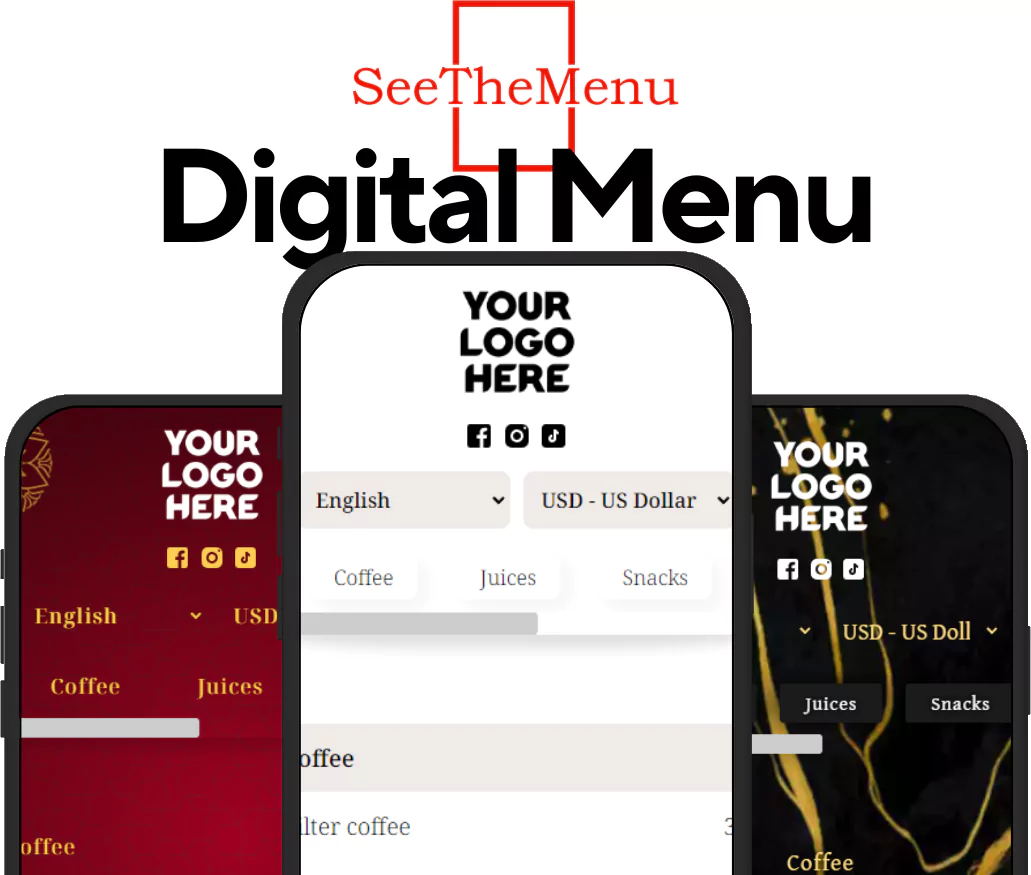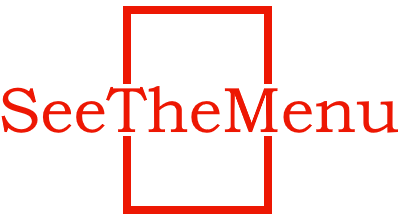The Power of Language: Breaking Barriers with Multi-language Digital Menus
Date:16/06/2024

In our increasingly globalized world, restaurants often serve a diverse clientele that comes from various linguistic backgrounds. To cater to this diversity effectively, multi-language digital menus have emerged as a game-changer in the restaurant industry. This blog post explores the significant benefits of offering menus in multiple languages, highlighting how they enhance customer satisfaction, increase inclusivity, and boost business growth.
Catering to a Global Audience: Digital menus with multi-language options are particularly advantageous in tourist-heavy locales or cosmopolitan cities where international visitors frequent. By offering menus in several languages, restaurants can make guests from around the world feel welcomed and valued, providing a comfortable dining experience that transcends language barriers.
Enhanced Customer Experience: When diners can read and understand the menu in their native language, it significantly improves their overall experience. It allows them to make informed decisions about their meal without the stress of miscommunication or the inconvenience of using translation apps. This ease of access leads to greater customer satisfaction and can help in generating positive reviews and repeat business.
Operational Benefits: From an operational perspective, multi-language menus streamline the ordering process. Staff do not need to struggle with language barriers, which can reduce errors in orders and improve service speed. Furthermore, with digital menus, updating or changing the language settings is as simple as a few clicks, unlike physical menus which would require re-printing for any new language additions.
Inclusivity and Accessibility: Offering multi-language menus is a statement of inclusivity. It demonstrates a restaurant’s commitment to accessibility, ensuring that no customer is left out based on the language they speak. This inclusivity not only enhances the restaurant’s reputation but also broadens its customer base.
Marketing and Competitive Advantage: Restaurants that provide multi-language digital menus can market themselves as international establishments, attracting a broader audience. This feature can be a distinct competitive advantage in crowded markets, differentiating a restaurant from its competitors who may not offer the same level of accessibility.
Data Insights and Menu Optimization: Digital menus also allow restaurants to collect data on language preferences, which can be used to optimize menu offerings and marketing strategies. Understanding which languages are most frequently used can guide decisions on staff training in specific languages or even the development of targeted promotions for certain demographic groups.
Challenges and Considerations: While the benefits are substantial, implementing multi-language digital menus also comes with challenges. It requires accurate translation to avoid cultural misunderstandings or offensive misinterpretations. Restaurants must ensure the translations maintain the dish’s integrity and appeal.
Conclusion: Multi-language digital menus are not just a tool for simplifying dining; they are a bridge connecting cultures within the vibrant space of a restaurant. As businesses strive to become more globally oriented, these digital solutions offer a path to achieving a more inclusive, efficient, and customer-focused dining experience.
